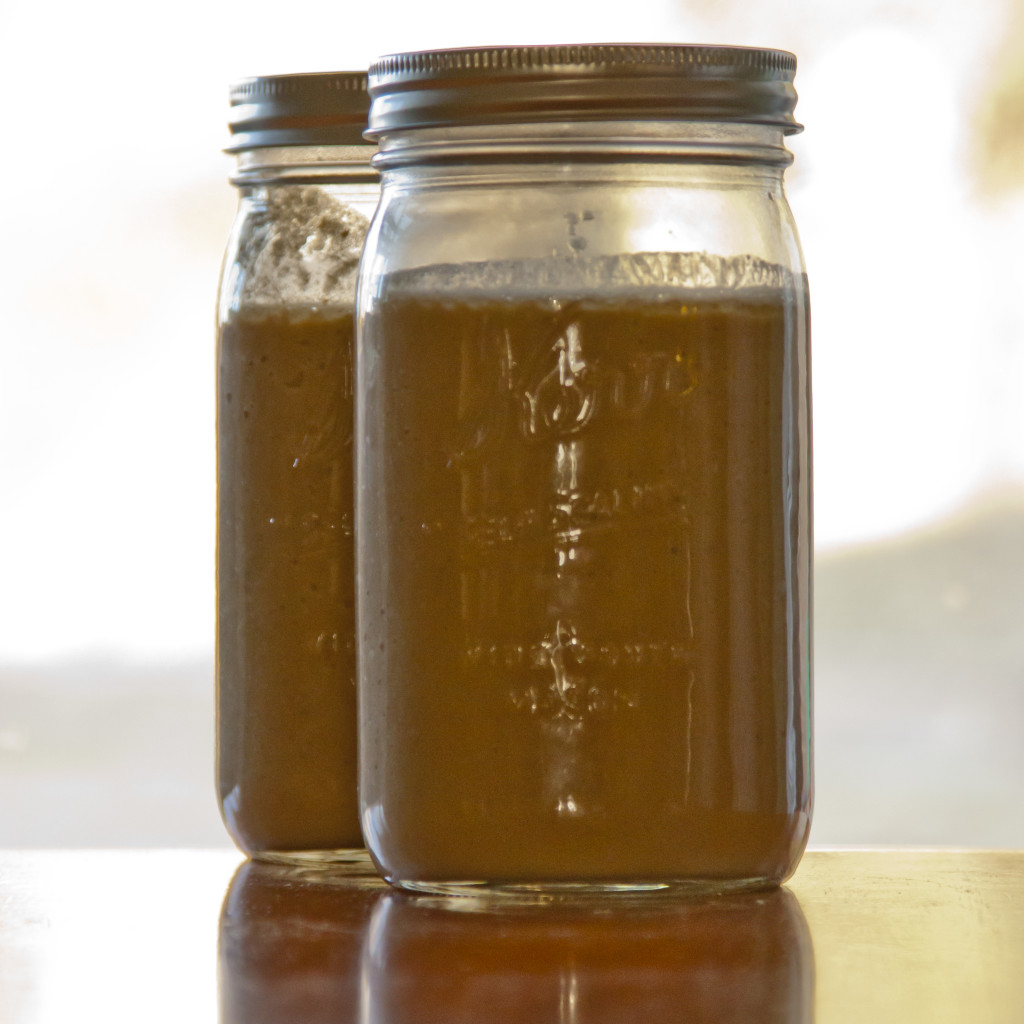Better than pills: Bone broth—“Jewish Penicillin”—chicken soup—this centuries-old miraculous agent of healing should be part of everyone’s whole food healing journey.
 Many studies confirm what Mom (or Grandma) just knew–broth made from meat bones is a cure-all: soothing for the sick, aid for digestion, energy & strength boost for athletes, a recipe for perfect glowing skin and healthy joints. And, unlike tablets, capsules and pills, broth is super inexpensive, soooo simple and can easily used in soups and sauces that please even the most discerning gourmet palate.
Many studies confirm what Mom (or Grandma) just knew–broth made from meat bones is a cure-all: soothing for the sick, aid for digestion, energy & strength boost for athletes, a recipe for perfect glowing skin and healthy joints. And, unlike tablets, capsules and pills, broth is super inexpensive, soooo simple and can easily used in soups and sauces that please even the most discerning gourmet palate.
Fast forward to commercial companies and processed foods: Few store-bought broths have any gelatin—yet the gelatin is what you need for healthy joints and radiant skin. But perhaps worse, the modern “taste” substitute for broth is MSG used in canned and dehydrated soups and in imitation sauces. MSG additives are toxic to the nervous system. One of the most important things you can do to improve your health is to use real broth and avoid imitation foods.
The basic method is simple. Large enough pot, add bones or even whole carcasses of birds or fish, large beef knuckle bones (full of cartilage)–the result is a fantastic, gelatinous broth. Shown is less clear because I chose to blend in the vegetables—your choice.
The most important choice is where to buy your bones. I’m currently looking for a local (Alaskan) reliable source who supplies from 100 percent pasture-raised animals. If you know of one, write me at marie@synergynutrition.info.
“Meat stock and bone broth are healing foods and they need to be made from the best quality grass-fed ecologically clean animals.” –Dr. Natasha Campbell McBride author of the Gut and Psychology Syndrome
Generally, the term “organic,” refers to the process by which that food was grown or produced. “Free range” can be abused but generally refers to animals given space to roam, get vitamin D from the sun (yes, their meat and fat is higher in D), and select their foods such as grasses and bugs eaten by pastured chickens or grasses eaten by pastured cows (yes, this increases the omega-3 fatty acid content compared with commercial meats).
Importantly, “organic feeds” contain grains. Consuming foods made from organically-certified animals that ate organic grains has two big problems:
- While these feed grains must meet organic standards, they are still allergens; and
- Organic certification in the US and much of Europe fails to address environmental contamination. There is no limit to how much lead or other toxic metals such as mercury, cadmium, arsenic and aluminum are allowed in organic feeds.
Any of these articles can explain this:
Rusted roots: is organic agriculture polluting our food with heavy metals
Organic food
Organic from China exposed… world’s worst cesspool?
Yields 4 quarts
—
Ingredients
4 pounds bones (cooked or uncooked, preferably knuckle bones, marrow bones, oxtail, chicken backs, chicken feet… )
4 Tablespoons apple cider vinegar
Filtered cold water to cover
(Optional) cut vegetables such as garlic,onions, carrots, celery, or herbs such as parsley, thyme, nettle…
Preparation
1. Put bones (chicken, duck, turkey, beef, lamb, fish, etc.) and raw cider vinegar into a 6-7 quart slow-cooker or instapot that has a slow cooker option.
2. Add any vegetables or herbs that you would like; just remember you are making a broth to drink or use as a base for other soups and stews. Veggies help pull out nutrients and are a great way to use those that are “past their prime”.
3. Cover with filtered water to 2” above the top of the bones/veggies.
4. Bring the water to a boil slowly and skim any scum that rises to the top. Do Not remove the fat—your skin, joints, digestion and more need these healthy fats.
5. Simmer at least several hours—overnight pulls out even more nutrients. The slow-cooker setting is perfect for set it and leave it folks.
6. Remove the bones (it’s best not to feed pets cooked bones and always supervise them) and strain out the vegetables. You can blend the veggies into the broth using a Vitamix or strong blender. Or use the stock as is.
7. Make into your favorite soups like Healing Ginger Miso Soup or Garbanzo & Chorizo Southern Style—both are family top favorites!
8. The stock may be kept in the refrigerator for several days or in the freezer for several months.
Variations
If you are trained in herbal remedies, add specific herbs to broths for specific purposes. Unless I am specifically using the broth as part of a digestive or liver cleanse (in which case I highly recommend adding onions and garlic), I tend to follow the “if it smells/tastes good, add it” philosophy but I certainly welcome all commentary on this 🙂
Copyright © 2014-20 Marie Cecchini Sternquist. All Rights Reserved







